Air Force Boss Gives Reality Check On "Over-Hyped" Digital Engineering Revolution
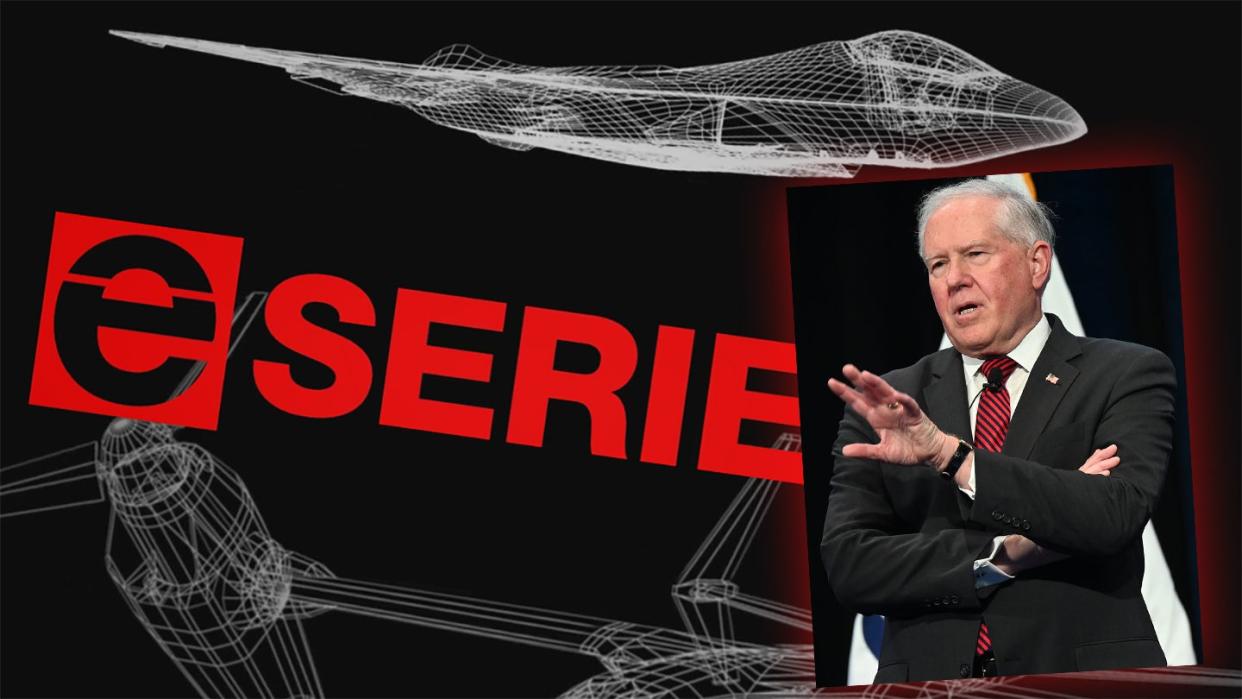
- Oops!Something went wrong.Please try again later.
We recently explored how the massive leap that so-called 'digital engineering' has been promised to provide in the development of new aircraft and other weapon systems isn't likely to be so revolutionary in reality. Now, the Air Force's own boss, Frank Kendall, has poured cold water on the claims surrounding the much-touted digital engineering processes, especially when it comes to designing new aircraft, saying flat out exactly what our conclusion has been, that it has been "over-hyped."
Kendall said that digital tools might help cut costs and reduce schedules by around 20 percent, which is significant, but they do not represent a revolution in engineering that will upend the need for real-world testing.
Kendall shared his views on digital engineering at an event hosted by the Defense Writers Group on Monday.

As they exist today, the tools and techniques that comprise the catchphrase 'digital engineering' generally center around the use of very high-fidelity digital design models – often called "digital twins" – as well as additional advanced software modeling, cooperative virtual working environments, and very high-end simulation. These simulations can go well beyond basic performance modeling and into the realm of complete synthetic combat environments. Alternate and virtual reality technologies are increasingly being integrated into this ecosystem, as well, to help blend digital and physical engineering work.
Clearly all these capabilities are important today and promising for tomorrow, but the idea that the virtual environment will rapidly displace the physical one, especially in terms of testing and activities after design, is another story. As is the notion that these tools will solve much of the Air Force's chronic development woes.
Just a few years ago, the Air Force began trumpeting the idea of digital engineering as massively transformative and an avenue to save huge sums of money and time when it came to weapons development. Industry quickly responded and the buzzwords became attached to pretty much everything, with new aircraft themselves being touted as part of a new 'e-series' generation. But reality has intersected with aspiration and marketing, to some degree, since then.
Kendall's comment on digital engineering came up in part in relation to how they could help the Air Force avoid mistakes it has made in the past, especially with the F-35 program, in its effort to acquire a new sixth-generation crewed combat jet as part of its Next Generation Air Dominance (NGAD) program.
"Back in the F-35 [design] days I remember industry coming in and saying, ‘we’re so good at engineering now, we don’t need to do testing anymore,'" Kendall, a U.S. Army veteran who has held a number of high-level civilian positions within the U.S. military since the 1980s, said, according to Air & Space Forces Magazine. "That’s not true."
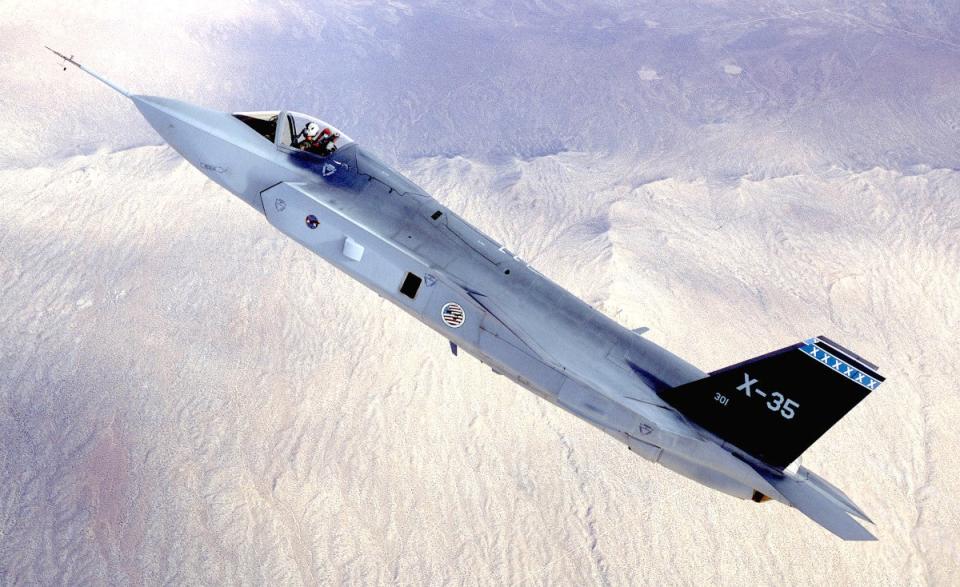
Digital engineering "was over-hyped,” he added.
Kendall highlighted how he has been unable to get a firm grasp on the actual savings in terms of a program's cost, or how long it takes to complete using digital engineering.
"I’ve tried to get reasonable data," he said. "My best feel for that is, it’s on the order of 20 percent, as a ballpark number."
Though the possibility of 20 percent savings in cost and schedule is significant, Kendall indicated that the benefits could be much lower when digital engineering is used in projects for which there are less robust models and other data, to begin with.
"It’s particularly not true" that digital engineering significantly reduces the need for real testing "when you push the envelope outside of things you’ve done before, where … you don’t have as much confidence in your models," Kendall explained. "When you’re doing something that’s going to be radically different than prior programs, you’ve got to get into testing to validate … your design efforts."
“Hypersonics are a good example: If you haven’t done it before, you’re going to have to go and actually do it," the Air Force Secretary, who has publicly expressed his frustration with his service's progress, or lack thereof, on hypersonic weapons testing in the past, added.
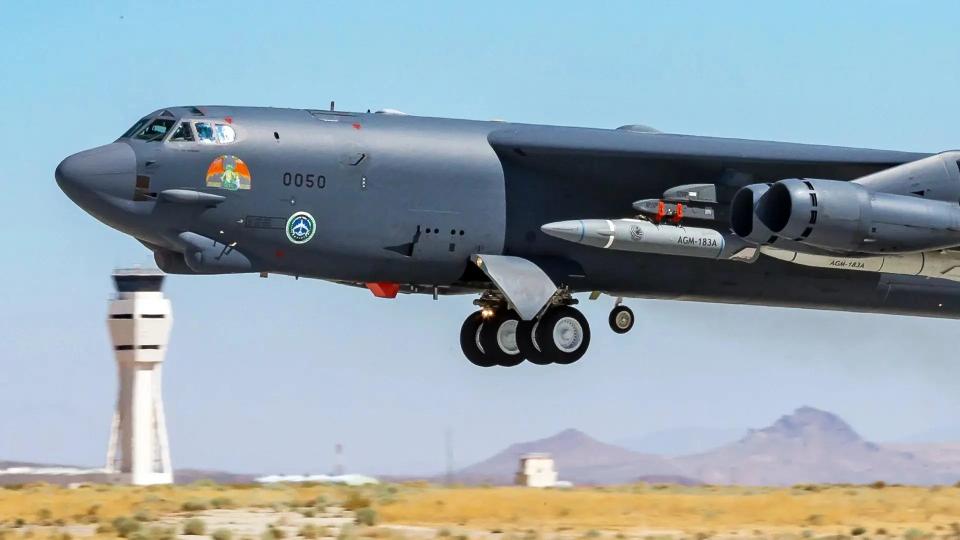
In his remarks earlier this week, Kendall was also cautious when discussing how much digital engineering has helped with the development of the B-21 Raider stealth bomber. Though that program has been shrouded in secrecy, the Air Force and members of Congress have repeatedly held it up as a model acquisition effort that has remained largely on budget and schedule.
That being said, back in 2019, before being appointed as Secretary of the Air Force, Kendall expressed skepticism about the timeline then projected for when the B-21 would make its first flight. This was based just on the complex and advanced nature of the aircraft and his advice not to "bet on" the Raider taking to the skies in December 2021, as was originally hoped, has since been vindicated.
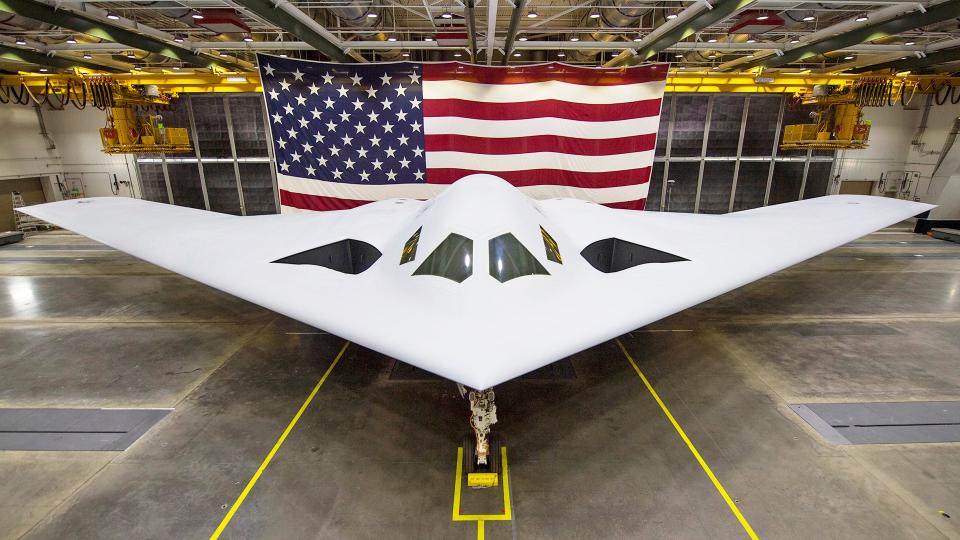
On Monday, Kendall also expressed concerns that digital engineering could actually have negative impacts if that phase of development turns into endless tweaking of a design that impedes further progress.
“One of the things that’s been true in engineering forever is that if you give an engineer more time, he’ll just do more design iterations because no engineer is ever completely happy with what he’s designed,” Kendall said. "So there’s a risk that we’ll just take advantage of the efficiency … to do more, right? What we need to do is get to where we’re comfortable with it, and then go forward with the next stage of development."
Kendall's remarks on digital engineering came the same day that the Government Accountability Office (GAO), a Congressional watchdog, released a hard-nosed report on now significantly delayed work on the Air Force's future T-7A Red Hawk jet trainer. GAO highlighted four key areas of concern with the program: persistent issues with the escape system (which consists of the ejections seats and other related components in the aircraft), fears the flight control software is still immature, delays in work on associated simulators, and a lack of data about what exactly will be necessary to sustain the jets in the coming years.
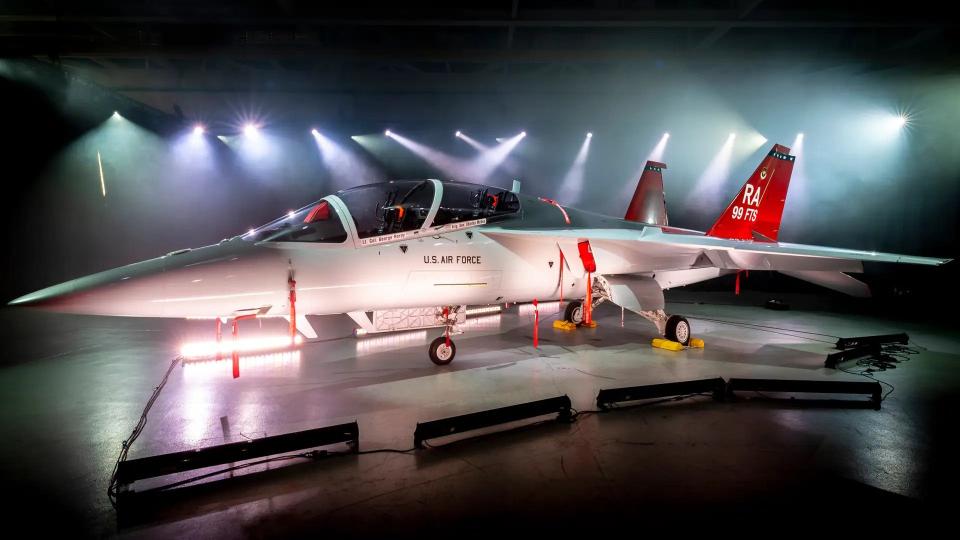
Boeing, in cooperation with Saab, won the contract to develop that aircraft, previously referred to as T-X, in 2018. Boeing built two demonstrators as part of the T-X competition, which it continues to use for flight testing, but has not yet flown a production-representative T-7A. The Air Force had hoped to approve low-rate initial production of the Red Hawk last year, but now says that is unlikely to happen until at least early 2025.
Digital engineering has been absolutely central to the development of the T-7A. In 2021, the Air Force announced that it would be referring to the jets as eT-7As to reflect the design being a "digital pathfinder" for the service. That nomenclature has since fallen into disuse.
"The contractor [Boeing] said it successfully built the test aircraft using this process [digital engineering]," GAO noted in its recent report on the T-7A. "Specifically, for the test aircraft built to date, contractor officials told us that this manufacturing method reduced assembly hours by 80 percent, and increased production quality by 50 percent."
GAO's report, however, cited instances of significant disagreement between the Air Force and Boeing on the exact level of progress that has been made on aspects of the T-7A's development, something the latter has now pushed back on publicly. At the same time, The War Zone highlighted similar issues, including ones directly linked to frustrations over digital engineering, in a recent feature on the Red Hawk.
“In June 2022, the T-7A Red Hawk program, in conjunction with Boeing, began a schedule re-baseline effort to assess the collective impacts of all schedule delays to date" which included "contractor inability to rapidly correct deficiencies," among others, Air Force spokesperson Maj. Alexandra Stormer had told The War Zone. This is something digital engineering is supposed to be ideally suited to handle.
“We have worked with the U.S. Air Force to better understand their perception and are taking the necessary steps to address the issues," Boeing said in response to questions about that specific point.
For the recent feature on the T-7A, The War Zone also interviewed Dr. Will Roper. Roper was assistant secretary of the Air Force for Acquisition, Technology, and Logistics between 2018 and 2021 and a major proponent of the potential benefits of digital engineering, writing a treatise on it called "Bending The Spoon." The ability to do significant engineering work digitally, and save costs and shrink development time as a result, was a key aspect of something Roper proposed during his time in this role called the Digital Century Series.
The Digital Century Series was a questionably ambitious plan that centered on the idea of being able to quickly design, produce, and redesign aircraft, which would then be bought in small batches and would have very limited lifespans. The Air Force under Secretary Kendall has very firmly rejected this concept.
"I wouldn’t hold it up as the Acme of getting everything right,” Roper told The War Zone about digital engineering in regard to the T-7A specifically. “It’s the first and it’s going to have a lot of those first-mover learning things.”
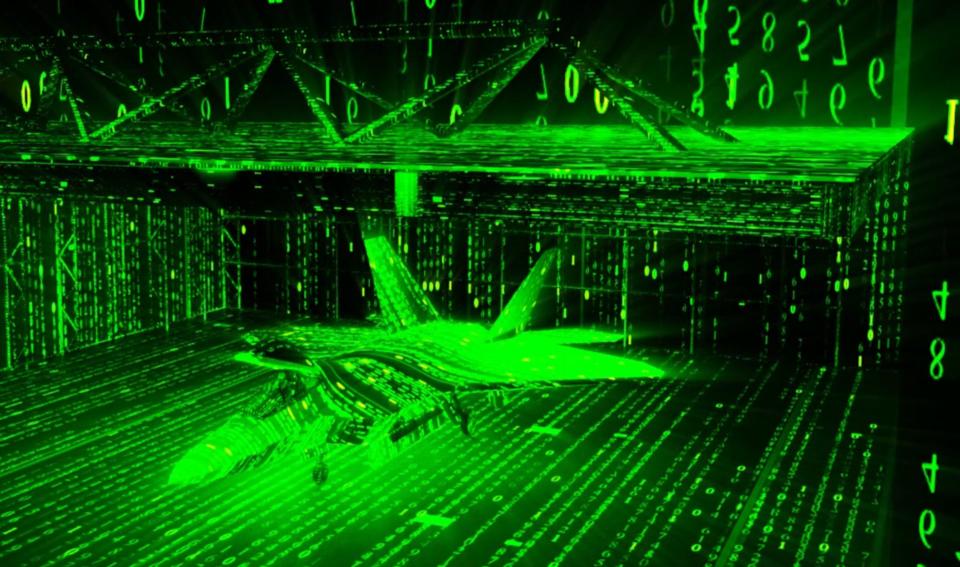
Digital engineering is “going to create a new issue which is – do you trust the underlying models and simulation upon which your performance predictions are based?" he added, echoing some of Kendall's comments this week.
"Digital engineering isn’t magic," Roper continued. "Just because you use it doesn’t mean that all the problems of acquisition get out of your way."
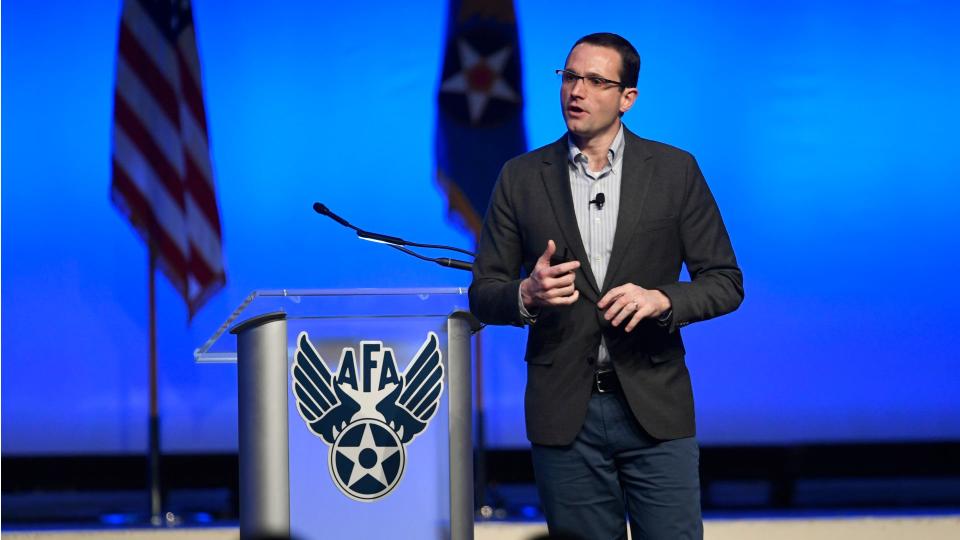
The former Assistant Secretary clearly remains bullish on digital engineering, in general, as does much of the U.S. aerospace industry. Lockheed Martin's legendary Skunk Works advanced projects division, in particular, long a leader in high-fidelity modeling and other digital techniques, has continued to be a major advocate for the use of these technologies in recent years. At the same time, Skunk Works has long stressed that the goal of this is to rapidly get to a prototype stage for further real-world testing.
"Software ate the world, and now hardware can too via the magic of collaborative models. We can design things, test things – in general, learn things – faster, cheaper, and greener than the physical universe allows," Roper said.
It is worth noting that the comments on Monday from Air Force Secretary Kendall don't suggest that the service is looking to abandon digital engineering. It's already a part of the industrial ecosystem by basic technological evolution. The skepticism that is clearly growing seems to have more to do overall with wanting to adopt a more realistic view of what it can and cannot do. The idea here would be to avoid potential pitfalls from over-relying on it and setting major project milestones and cost estimates based on over-optimistic views taken from it.
Altogether, no matter what happens to the T-7A program, specifically, digital engineering in military aerospace is here to stay. At the same time, whether it ultimately transforms into a revolutionary technology that achieves what the Air Force touted it to be capable of very much remains to be seen.
Contact the author: joe@thedrive.com

